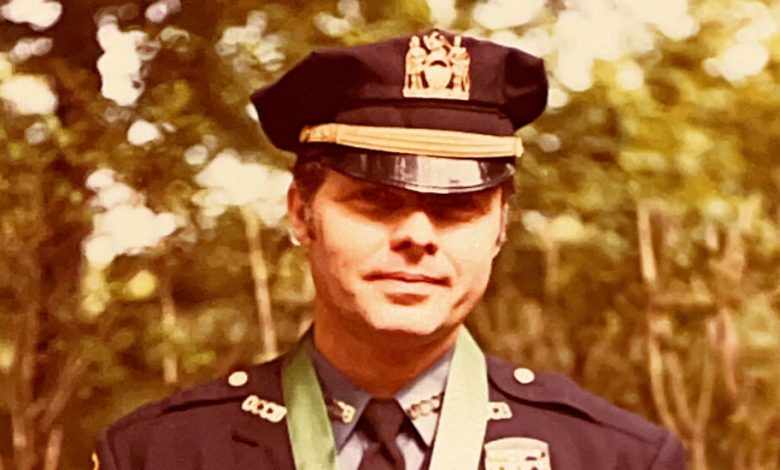William Casey, Who Uncovered Police Corruption, Dies at 78

William M. Casey, a former New York City deputy police chief who was the unheralded hero of the “Dirty 30” corruption investigation that ensnared one-sixth of the officers assigned to a West Harlem precinct, died on Nov. 9 at his home in Pleasantville, N.Y. He was 78.
The cause was complications of a stroke and Parkinson’s disease, his daughter, Kimberly Wildey, said.
The scandal — often described as the largest police corruption case involving a single precinct in the department’s history — was uncovered by a commission on police corruption appointed by Mayor David N. Dinkins in 1992 and headed by Justice Milton Mollen of the New York State Supreme Court. The case was prosecuted by the U.S. attorney’s office for the Southern District of New York under Mary Jo White.
But it was left to the police department to conduct the undercover investigation of the precinct, the 30th, whose station house is on West 151st Street, near Amsterdam Avenue. The operation resulted in charges against 34 officers, 30 of whom were either convicted or pleaded guilty to crimes ranging from perjury and civil rights violations to stealing drugs or cash from narcotics dealers.
The commission, federal prosecutors and police brass concurred that Mr. Casey was the most qualified person on the force to conduct the investigation, labeled the “Dirty 30” scandal in the press.
“I can’t imagine anyone else who could have navigated the challenging minefield of operational and investigative issues,” said Michael E. Horowitz, the assistant federal prosecutor in charge of the case and now the inspector general of the Department of Justice in Washington.
Ms. White said in an interview that only Mr. Casey’s reputation for integrity had persuaded Justice Mollen to let the police investigate themselves. Mr. Casey also prevailed upon his bosses to continue the covert operation, so as to gather evidence against more crooked cops.
“He was the key to the success of the whole thing,” Ms. White said.
In many criminal cases that had been tried in New York courts, convictions were overturned and charges were dropped because lawyers for defendants who had been arrested by the corrupt officers argued that their testimony and the evidence they had collected had been tainted.
Mr. Horowitz said Mr. Casey had been “personally offended by the conduct and wanted to see it eliminated.”
“He wasn’t in it for the glory,” he added. “No one knows his role. Mollen got credit, we got credit. Bill Casey just did the job.”
Mr. Casey was born on Feb. 8., 1945 in Mount Vernon, N.Y., to John J. Casey, who worked in a bank, and Eleanor (Camp) Casey, a homemaker.
After graduating from nearby Pelham High School in Westchester County, he enlisted in the Air Force and served as a radio interception analyst until 1967. He then joined the Westchester County Parkway Police.
He began his three decades with the New York City Police Department in 1969, starting as a patrolman in Manhattan in the Midtown North precinct. Over his career he served in anti-crime, narcotics and organized-crime units; commanded intelligence and investigation units; served as commanding officer of the Manhattan South precinct; and oversaw the police force in the entire Bronx. He was awarded nearly 50 medals.
While on the force he earned a Master of Science Degree in criminal justice from Long Island University. After retiring from the Police Department in 2000, he served as chief investigator for the New York State attorney general until 2007 and as a New York State parole commissioner in 2009.
In addition to his daughter, he is survived by his sisters, Kathleen Nazarenko and Bronwyn Hertz; his brothers, John and Richard; and five grandchildren. His wife, Mary Ann (Borck) Casey, and his son, William Jr., died.